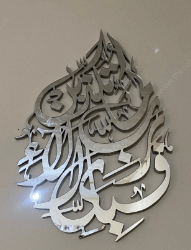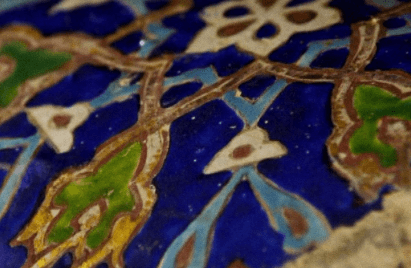Islamic Art: Mirror of the Invisible World

Islamic Art: Mirror of the Invisible World, serves as a profound conduit for exploring the intersection of spirituality and creativity. It manifests in diverse forms, from intricate geometric patterns to eloquent calligraphy, each element laden with metaphysical significance. As we examine the historical context and symbolism embedded within this art form, we uncover layers of meaning that extend beyond surface aesthetics. Yet, what deeper truths lie hidden within these artistic expressions, waiting to be revealed? The journey into this intricate world promises unexpected insights.
Read also: clipart:_n6r7x-sehk= cow
Historical Context of Islamic Art
In the rich tapestry of human history, the emergence of Islamic art can be contextualized within the broader socio-political and cultural developments that unfolded from the 7th century onward.
Characterized by profound cultural exchanges and regional influences, Islamic art reflects the dynamic interactions among diverse civilizations.
This artistic expression evolved, integrating local traditions and foreign motifs, ultimately fostering a unique aesthetic that transcended geographical boundaries.
Symbolism in Islamic Calligraphy
Islamic Art: Mirror of the Invisible World serves as a profound medium of expression, marrying artistry with spirituality in a manner unique to the Islamic tradition.
Its spiritual significance is embodied in diverse calligraphic styles, reflecting historical evolution and cultural influences.
Artistic techniques employed reveal material symbolism, inviting contemplation and connection to the divine.
This intricate interplay of form and meaning enriches the viewer’s understanding of Islamic artistic heritage.

Geometric Patterns and Spirituality
The intricate beauty of geometric patterns in Islamic art serves as a complementary counterpart to the expressive nature of calligraphy, creating a holistic visual language deeply rooted in spirituality.
These patterns exemplify geometric harmony, reflecting the underlying order of the cosmos. The concept of spiritual geometry transcends mere decoration, inviting contemplation and connection with the divine, thus fostering a deeper understanding of existence.
Architectural Wonders and Divine Reflection
Harmony in architectural design manifests itself profoundly in the grand structures of Islamic art, where each edifice serves as a reflection of divine principles.
Mosque design intricately employs sacred geometry, creating spaces that evoke spirituality and tranquility.
The interplay of light and shadow within these architectural wonders not only enhances aesthetic beauty but also symbolizes the connection between the earthly realm and the divine.
Read also: Fanart:Fw7vld2ewys= Lumity
Conclusion
In conclusion, Islamic Art: Mirror of the Invisible World serves as a luminous prism, refracting the spiritual essence of existence through its intricate designs and profound symbolism. This art form not only encapsulates the cultural heritage of diverse civilizations but also invites contemplation of the divine. By bridging the earthly and celestial realms, Islamic art becomes a timeless reflection of metaphysical truths, encouraging a deeper understanding of the interconnectedness of creativity, spirituality, and the human experience.






